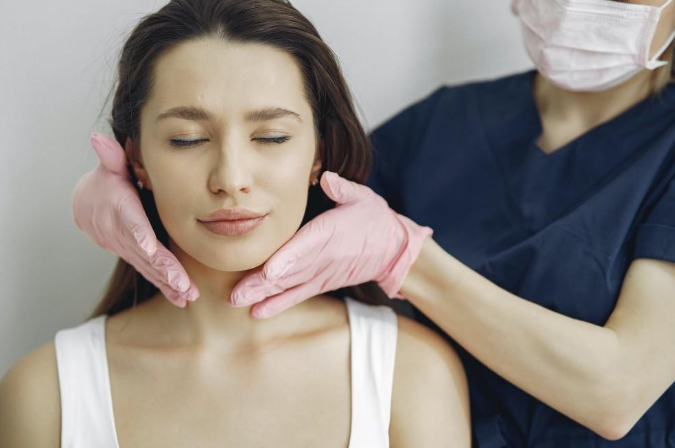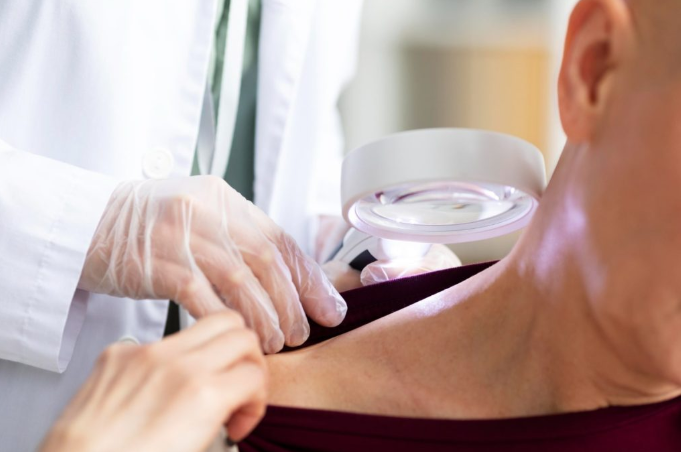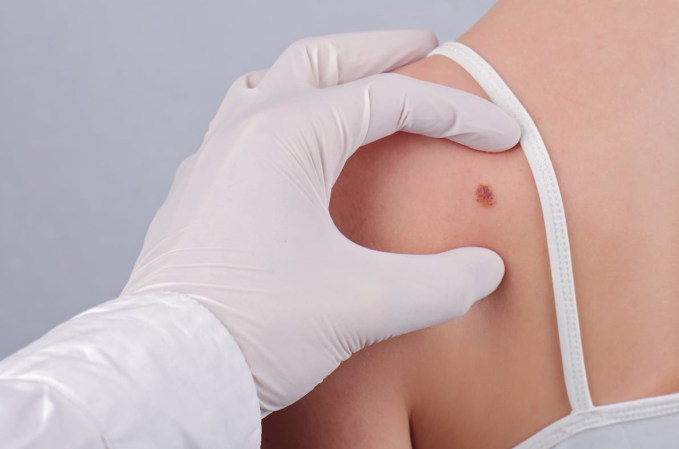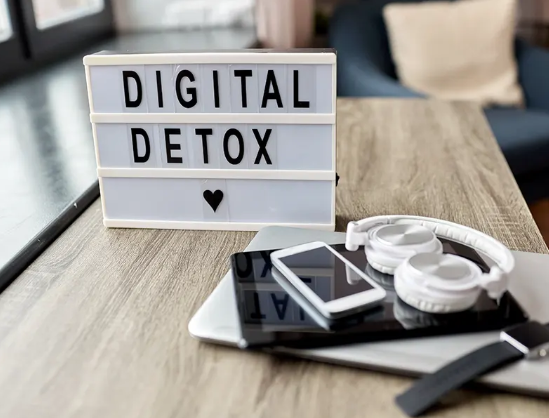
Our skin is our body’s largest organ, serving as the first line of defense against environmental elements. Regular skin check-ups play a crucial role in maintaining healthy skin and detecting potential issues early. Whether it’s monitoring for skin cancer, addressing chronic conditions, or ensuring overall skin wellness, routine examinations can make a significant difference.
1. Why Regular Skin Check-Ups Matter
Skin check-ups are essential for:
Addressing Unexplained Changes – Any unusual skin changes, such as persistent rashes, discoloration, or irritation, can be examined and treated by a dermatologist.
Early Detection of Skin Cancer – Melanoma and other skin cancers are highly treatable when caught early. Routine screenings help identify suspicious moles or growths before they become serious.
Managing Chronic Skin Conditions – Conditions such as eczema, psoriasis, and rosacea require ongoing monitoring to prevent flare-ups and complications.
Preventing Premature Aging – Regular assessments can help detect sun damage, dehydration, and other issues that contribute to premature aging.

2. What to Expect During a Skin Check-Up
A professional skin check-up is typically quick and painless. Here’s what happens during a standard exam:
- Medical History Review – Your dermatologist will ask about personal and family history of skin conditions and cancer.
- Full-Body Skin Examination – A thorough inspection of the skin, scalp, nails, and moles to identify any irregularities.
- Dermatoscope Analysis – In some cases, a dermatologist may use a specialized magnifying tool to examine moles and lesions more closely.
- Biopsy if Needed – If an area appears suspicious, a small sample may be taken for further testing.
3. How to Perform a Self Skin Check
Between professional exams, performing self-checks at home can help detect potential concerns early. Follow these steps:
- Examine Your Entire Body – Use a mirror to check hard-to-see areas like the back, neck, and scalp.
- Look for Changes – Monitor any new or evolving moles, freckles, or spots.
- Use the ABCDE Rule for Moles:
- A – Asymmetry: Uneven shape
- B – Border: Irregular or blurred edges
- C – Color: Multiple colors in one mole
- D – Diameter: Larger than 6mm
- E – Evolving: Changes in size, shape, or color
If you notice anything unusual, schedule an appointment with a dermatologist as soon as possible.
4. Tips for Healthy Skin
Maintaining healthy skin involves more than just check-ups. Here are a few proactive steps:
Avoid Tanning Beds – These significantly increase the risk of skin cancer.
Wear Sunscreen Daily – Protect your skin from harmful UV rays.
Stay Hydrated – Drinking plenty of water keeps your skin nourished.
Follow a Skincare Routine – Use gentle cleansers, moisturizers, and products suited to your skin type.

Final Thoughts
Regular skin check-ups are a simple yet effective way to ensure long-term skin health. Early detection of skin conditions can lead to timely treatment and better outcomes. By combining professional screenings with self-examinations, you can take proactive steps toward maintaining beautiful and healthy skin.
Would you consider scheduling a skin check-up soon? Share your thoughts in the comments!
Disclaimer: The information provided in this article is for educational and informational purposes only and is not intended as a substitute for professional medical advice, diagnosis, or treatment.

















